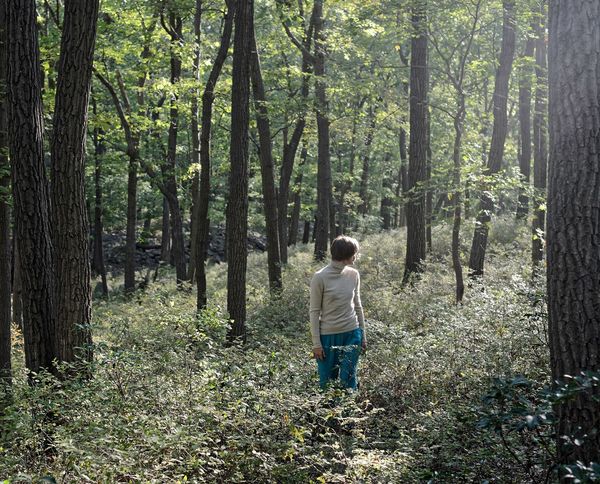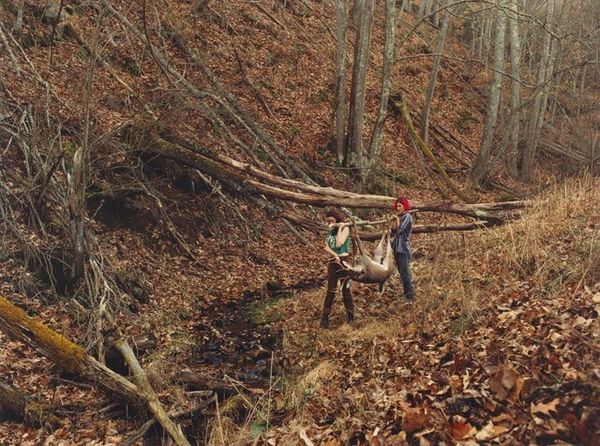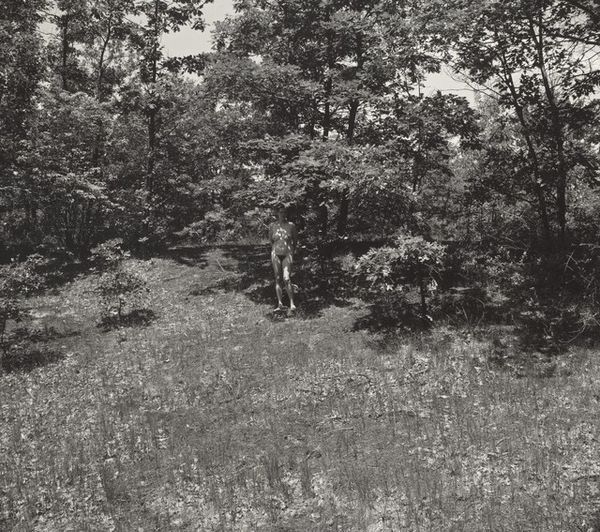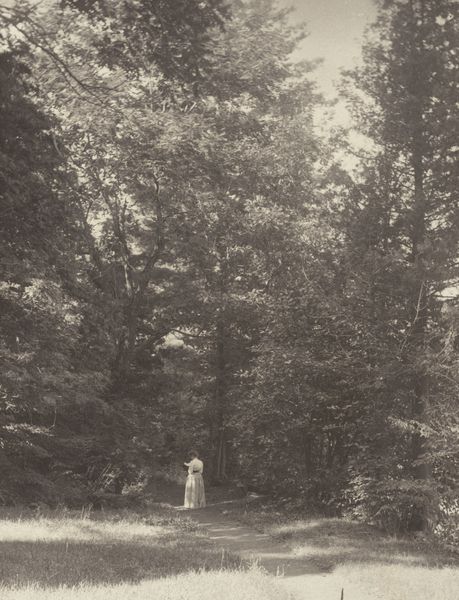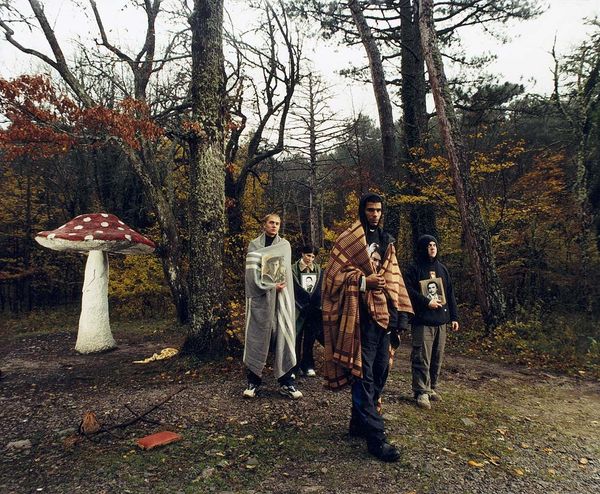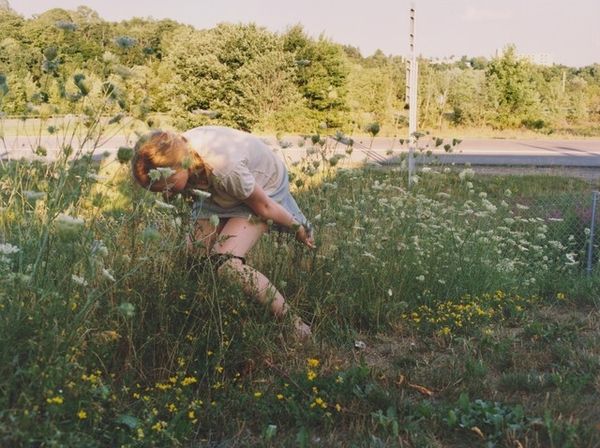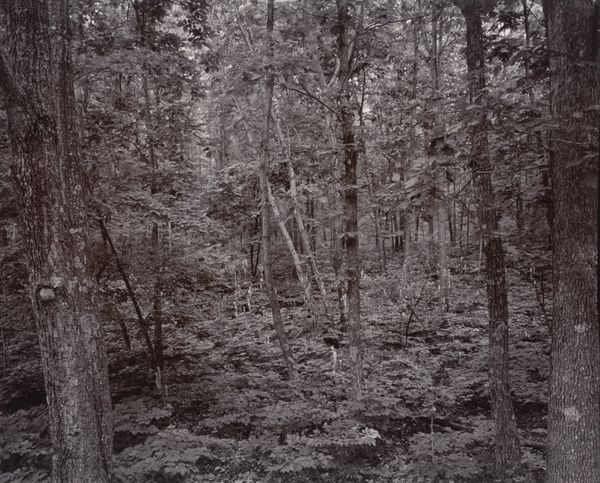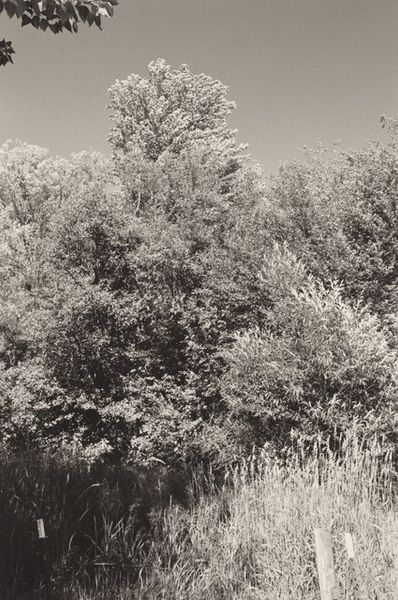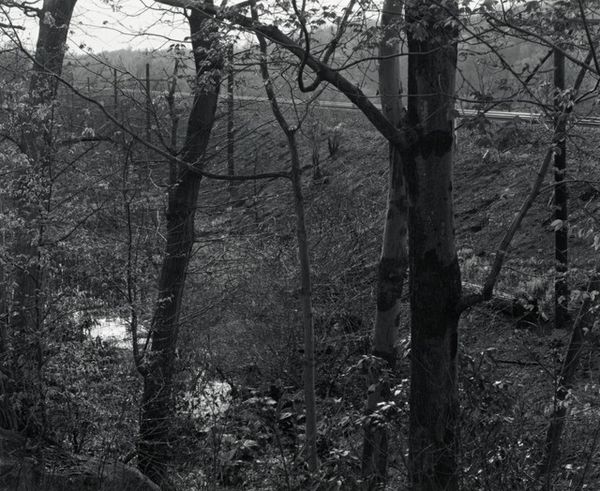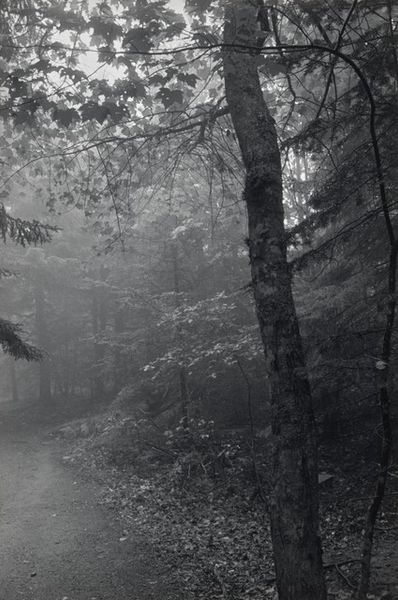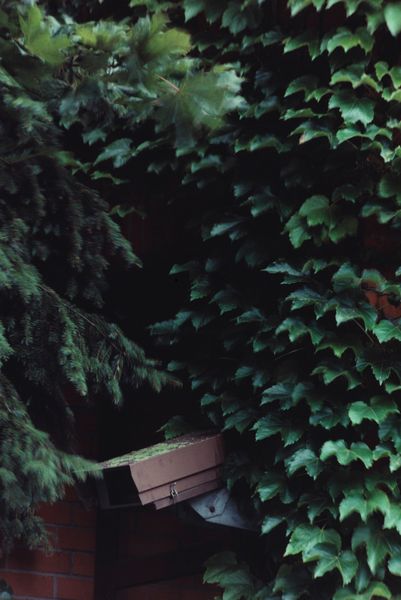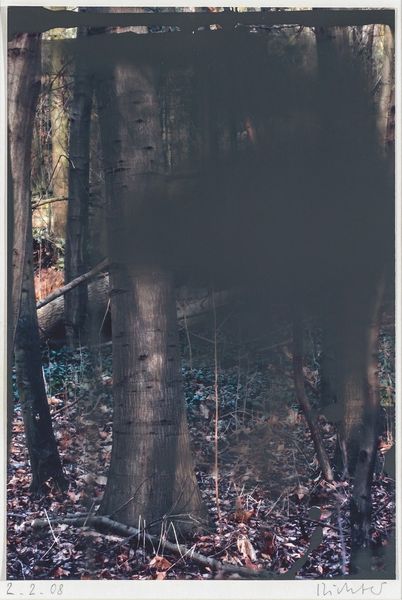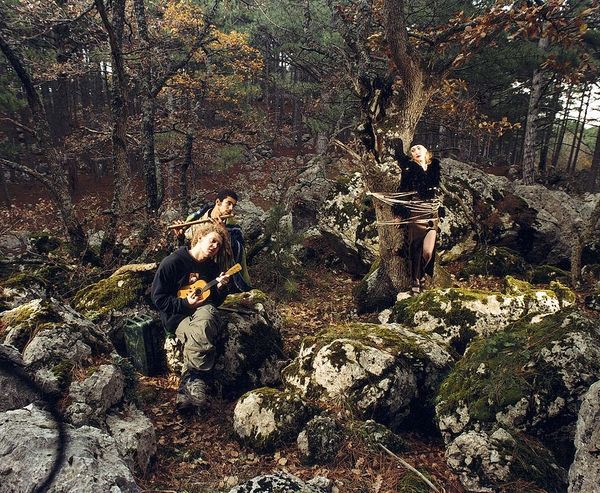
#
naturalistic theme
#
red and green
#
natural world styling
#
nature colouring
#
nature
#
nature friendly
#
nature heavy
#
nature environment
#
natural environment
#
warm toned green
Dimensions: image: 76.2 x 101.6 cm (30 x 40 in.)
Copyright: National Gallery of Art: CC0 1.0
Ever felt like you want to escape to the wilderness? ️ ‘Girl Pictures’ is a series of images captured by the American photographer Justine Kurland, born in 1969. Each of the photographs depict free-spirited teenagers in desolate locations. Kurland began the project in 1997, when she herself was a student at Yale. This photograph is titled ‘Wild Things’, and was staged in 1999. We see seven girls amongst the spindly trees and tall grass of a midwestern forest. Kurland has opted to shoot the girls in an untouched environment; the forest feels far-removed from civilisation, almost like a secret world. The figures seem unaware of the photographer’s presence – the tone is natural, and we feel part of the group. In creating this series, Kurland was inspired by popular adventure stories as well as 19th-century landscape photography. ‘Girl Pictures’ offers a reinvention of this rural aesthetic, replacing cowboys with confident and independent young women. There is a sense of liberty and fearless rebellion which resists commercial expectations. The image features tones of green and brown, creating a natural and earthy aesthetic. The warm colour filter and hazy focus are nostalgic. Does ‘Wild Things’ evoke any specific memories for you?
Comments
No comments
Be the first to comment and join the conversation on the ultimate creative platform.
